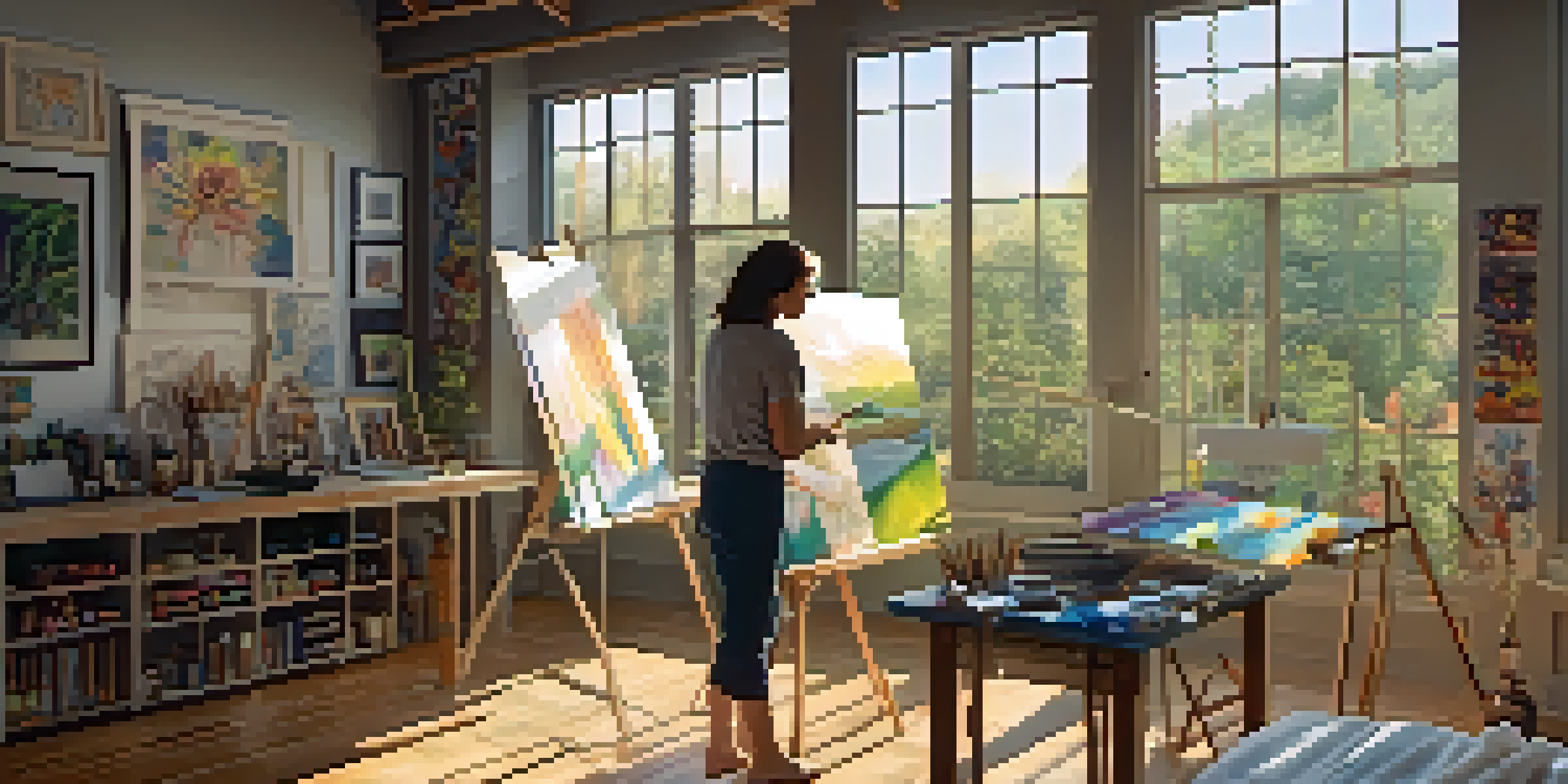Art Criticism: Balancing Personal Opinion and Public Insight

Understanding Art Criticism and Its Importance
Art criticism is the practice of analyzing and evaluating art, which plays a crucial role in shaping public perception. It serves as a bridge between the artist's intent and the audience's interpretation, offering insights that enrich the viewer's experience. By dissecting various elements of art, such as technique, emotion, and context, critics help demystify complex works for a broader audience.
The Role of Personal Opinion in Art Criticism
Personal opinion is often the heart of art criticism, providing a unique lens through which to view a piece. Critics draw on their experiences, emotions, and tastes, which can lead to passionate responses that resonate with readers. However, it's essential to recognize that these opinions can be subjective, sparking debates and discussions that challenge the status quo.
Art Criticism Bridges Understanding
Art criticism connects the artist's intent with the audience's interpretation, enriching the viewer's experience.
Public Insight: A Broader Perspective on Art
While personal opinions are valuable, public insight brings a necessary balance to art criticism. It incorporates broader cultural, historical, and social contexts, helping audiences understand the significance of a piece beyond individual interpretation. By weaving in public sentiment, critics can foster a more inclusive dialogue that invites diverse perspectives.
Striking a Balance: How to Combine Both Approaches
Finding harmony between personal opinion and public insight is key to effective art criticism. Critics can begin by grounding their subjective views in factual context, ensuring that personal experiences enhance rather than overshadow the artwork's broader implications. This balance not only enriches the critique but also encourages readers to engage with the art on multiple levels.
Balancing Opinion and Insight
Effective art criticism combines personal opinions with public insights to foster a more inclusive dialogue.
Challenges Faced by Art Critics Today
Art critics today face numerous challenges, including the rise of social media and the democratization of art commentary. With everyone having a platform, distinguishing credible critiques from casual opinions can be difficult. Critics must navigate this landscape, maintaining their authority while adapting to the evolving expectations of their audience.
The Evolving Nature of Art Criticism
Art criticism is not stagnant; it evolves with cultural shifts and technological advancements. Critics now often engage with interactive and multimedia art forms, requiring them to adapt their evaluative techniques. This evolution also means that the dialogue surrounding art is more dynamic, allowing for real-time feedback and collaborative discussions among artists, critics, and audiences.
Evolving Challenges for Critics
Art critics today face challenges like social media, requiring them to adapt and maintain authority amid diverse opinions.
The Impact of Art Criticism on Artists and Audiences
Art criticism can significantly influence both artists and their audiences. For artists, constructive criticism can provide valuable feedback that shapes their future work, while for audiences, it enhances understanding and appreciation of art. This reciprocal relationship underscores the importance of thoughtful, balanced critiques that consider both personal and public perspectives.
Conclusion: The Future of Art Criticism
As we look to the future, the role of art criticism will continue to be vital in navigating the complexities of the art world. By successfully balancing personal opinion with public insight, critics can foster deeper connections between art and its viewers. This ongoing dialogue will help ensure that art criticism remains relevant and impactful in an ever-changing cultural landscape.